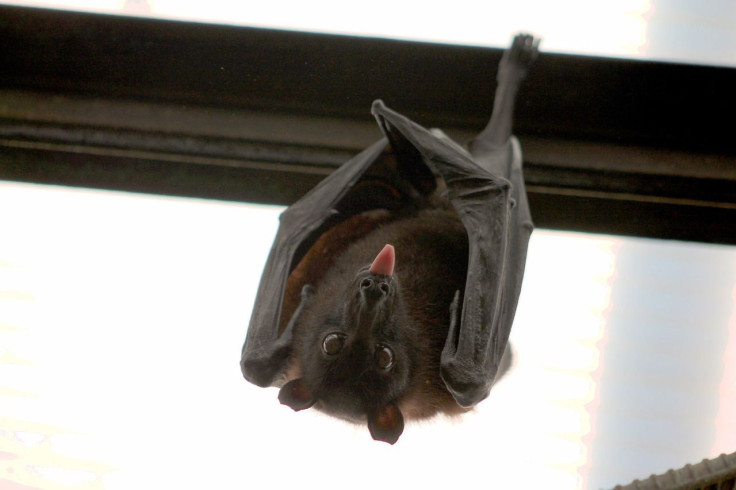Rabies Season: Resident Bitten By Rabid Bat Several Times In Washington State
KEY POINTS
- A resident in King County, Washington state, was reportedly bitten by a rabid bat
- The bat is the first to test positive for rabies in the county this year
- The vast majority of rabies cases in the U.S. occur in wild animals
A resident of Sammamish City in King County, state of Washington, was bitten several times by a bat that eventually tested positive for rabies.
The resident reportedly found the bat in their yard and was attempting to move it by picking it up while wearing gardening gloves, Public Health-Seattle & King County said in a news release. However, the bat reportedly became "aggressive" and bit the person several times.
The bat later tested positive for rabies and the resident was given the post-exposure treatment.
"Rabies is preventable but only if treated before symptoms appear, so seeking medical evaluation as soon as possible is important if you've had contact with a bat," Dr. Jeff Duchin, Health Officer at Public Health-Seattle & King County, said in the news release. "Contact includes touching a bat, being bitten, scratched, or any other bare skin contact with a bat or its saliva."
This marks the first bat to test positive for rabies in King County, Public Health said. Last year, five out of the 45 bats that it tested turned out to be rabid.
In the state of Washington, bats are actually the primary animals to carry rabies, the Washington State Department of Health (WSDOH) said, noting that it has also been identified in other animals such as foxes, coyotes and skunks.
Rabies Season
Human-bat interactions happen more often during warmer weather because it's when the bats come out from hibernation, Public Health said. The Larimer County Department of Health and Environment in Colorado also recently noted the arrival of rabies season as it confirmed a skunk found on April 29 as its first animal to test positive for rabies this year.
In the U.S., there are about 5,000 animal rabies cases reported each year, over 90% of which are recorded among wildlife, the Centers for Disease Control and Prevention (CDC) said. This is vastly different from the rabies statistics in the 1960s when most of the cases were from domestic animals.
"The principal rabies reservoir hosts in the United States today include bats, raccoons, skunks, and foxes," the CDC said, adding that human rabies fatalities in the U.S. are "rare" and occur among those who don't get prompt treatment for it.
Preventing Rabies Exposure
Hanna Oltean, the Senior Epidemiologist at the Zoonotic, Vectorborne and Cross-cutting Disease Program at the WSDOH noted that bats with rabies can be found in "every part of Washington."
"The most important precaution to prevent rabies exposure is for people to avoid contact with wild animals, especially bats, and to teach children to never touch or handle bats, even dead ones. Protect your pets from rabies by getting dogs, cats and ferrets vaccinated routinely," Oltean said.
Public Health also emphasized the importance of getting pets revaccinated after getting exposed to a bat.
Some animals may not show signs that they have rabies but those who spot ones that appear to be "acting strangely" should call their local animal control officer, the CDC said. Some signs of rabies in animals include biting everything, having trouble swallowing and having a lot of drool.
The CDC has provided rabies consultation numbers for different states.

© Copyright IBTimes 2024. All rights reserved.






















